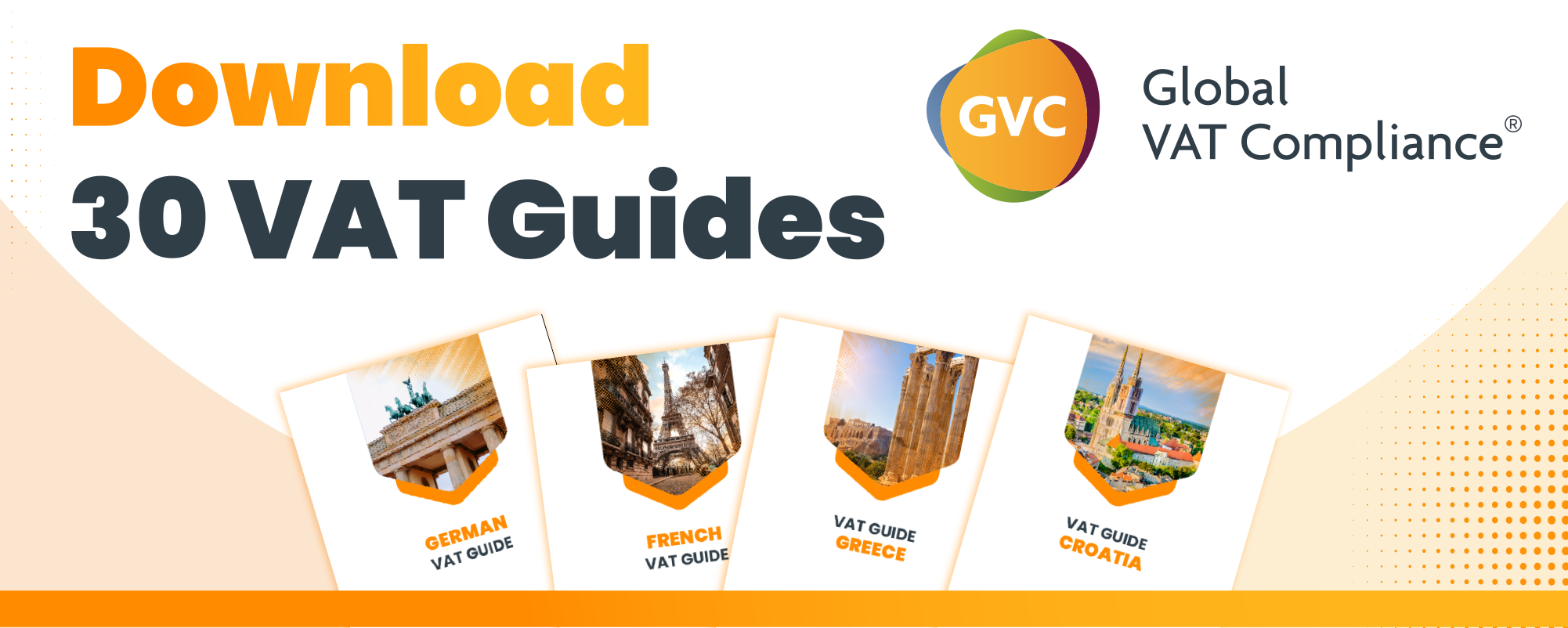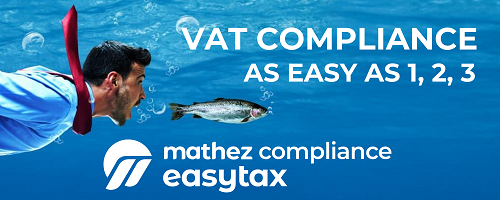- Annual adjustment is a method used by businesses to determine how much input tax they can reclaim.
- It is required because each tax period can be affected by factors such as seasonal variations.
- The adjustment has two purposes: reconsidering the use of goods and services over a longer period and re-evaluating exempt input tax under de minimis rules.
- Throughout the year, businesses make partial exemption calculations at the end of each VAT period.
- The partial exemption annual adjustment is done once a year to recalculate if too much or too little VAT has been claimed overall.
- The first stage in recovering input tax is directly attributing costs to taxable and exempt supplies.
- The balance of input tax is subject to the partial exemption calculation, including general overheads and building maintenance.
- The calculation is based on the formula: Total taxable supplies / Total taxable and exempt supplies x 100.
- The percentage calculated is applied to the non-attributable input VAT to determine the amount that can be recovered.
- The partial exemption year ends in either March, April, or May, depending on a business’s VAT return quarters.
- Special methods other than the standard method can be used.
Source: marcusward.co
Note that this post was (partially) written with the help of AI. It is always useful to review the original source material, and where needed to obtain (local) advice from a specialist.















